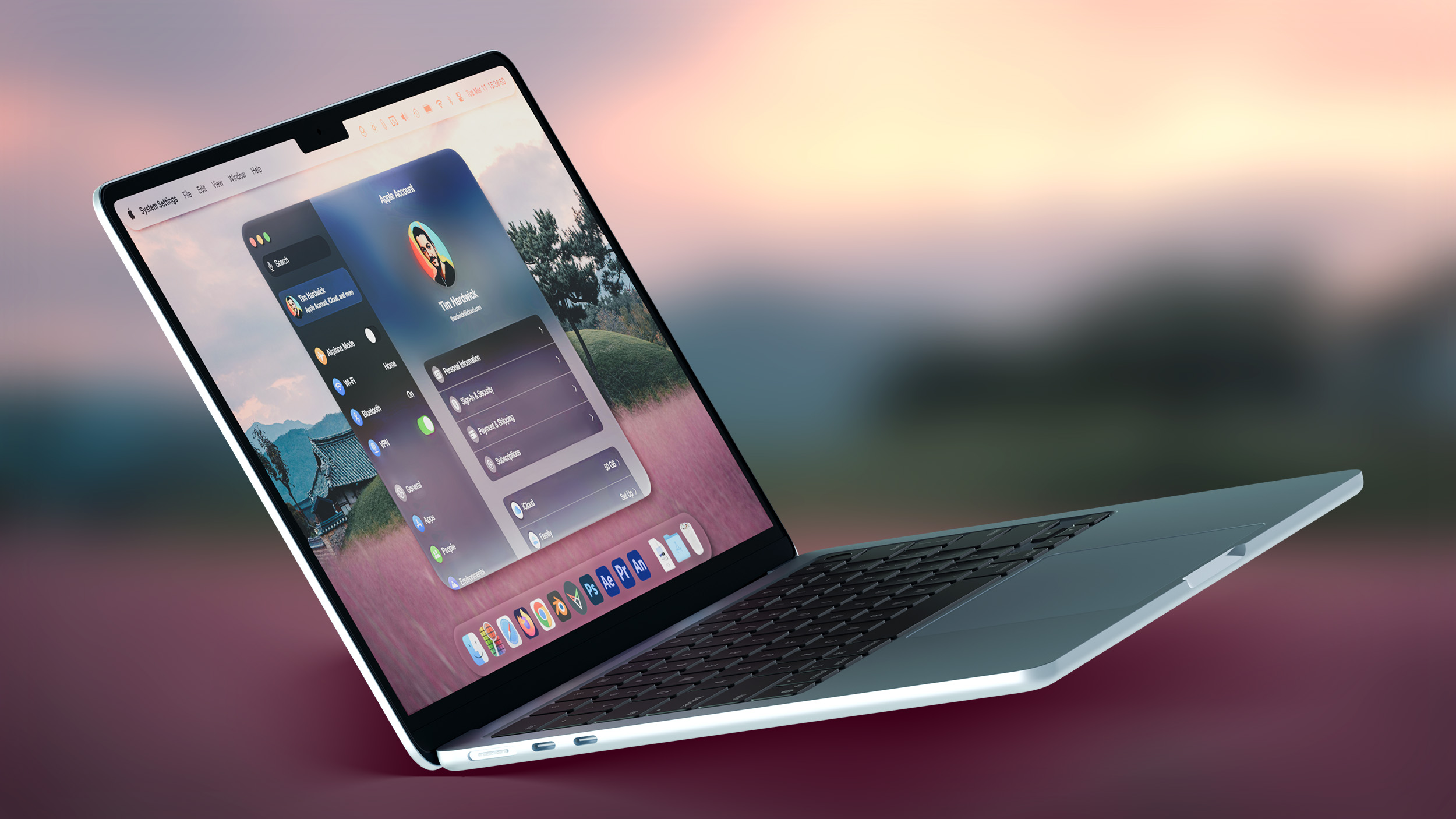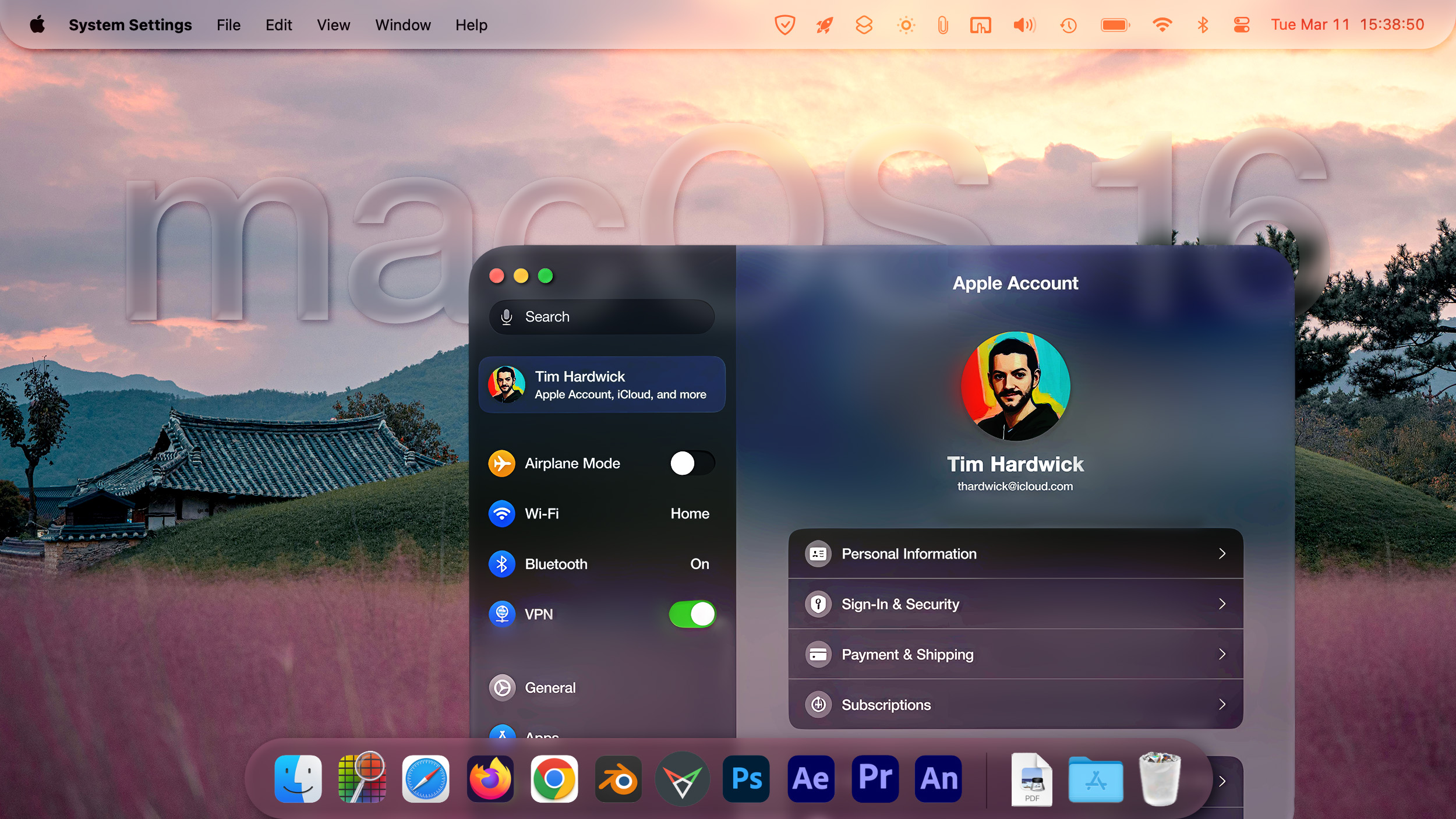
The Worldwide Developers Conference (WWDC), Apple's annual developer and software-oriented event, is less than three weeks away. We haven't heard a great deal about macOS 16 ahead of its announcement this year, so we could be in for some major surprises when June 9 rolls around. Here's what we know so far about the next major update to Apple's Mac operating system.

macOS 16 Name?
Every year heading into WWDC, one question on many Mac fans' minds is what Apple will choose as the name for the next version of macOS. The tradition dates all the way back to the beginning of Mac OS X with its big cat names, and then in 2013 Apple shifted to Calfornia-themed names with the unveiling of OS X Mavericks.
Back in the early days after the debut of OS X Mavericks, we discovered a total of over 20 California-themed trademark applications filed by various limited liability companies that were all but certain to be shell companies created by Apple to hide its identity.
Over time, some of the trademarks like Yosemite, Sierra, Mojave, and Monterey were indeed used by Apple for its major Mac operating system updates, while trademark applications for several other names have been abandoned.
Apple has previously used names from abandoned trademark filings – such as Big Sur in 2020 – for macOS releases. So, macOS 16 could still adopt a name Apple sought to protect years ago.
The below list covers the remaining macOS name possibilities that Apple had filed to protect:
- California
- Condor
- Diablo
- Farallon
- Grizzly
- Mammoth
- Miramar
- Pacific
- Redtail
- Redwood
- Rincon
- Shasta
- Skyline
- Tiburon
Apple began transitioning the Mac lineup to Apple Silicon in 2020 and completed it by 2023. Since then, support for Intel Macs has steadily declined with each new macOS release.
Only a few Intel-based machines are supported in Apple's last update, macOS Sequoia:
- 2018 Mac mini
- 2019–2020 iMac models
- 2017 iMac Pro
- 2020 MacBook Air
- 2018–2020 MacBook Pro models
- 2019 Mac Pro
Rumored Design Changes
Apple is planning a radical redesign of macOS with version 16, and it could be the most significant visual refresh since macOS Big Sur was introduced in 2020, according to Bloomberg.

MacRumors concept render
The upcoming Mac operating system will reportedly be part of Apple's sweeping effort to create a more consistent interface across all of its platforms, including iPhone, iPad, and Apple Vision Pro. The redesign will update the "style of icons, menus, apps, windows, and system buttons" throughout the system.
According to people familiar with the project, which is dubbed "Cheer" internally, Apple aims to simplify navigation and device control while bringing design elements from visionOS to the Mac experience. While specific details remain limited, some of the changes could include:
- Complete refresh of icons, menus, and system buttons
- New window styles and management features
- Simplified navigation system
- Visual elements inspired by visionOS (possible circular app icons?)
- More translucent interface elements
- Greater visual consistency with iOS and iPadOS
The design overhaul is reportedly a major focus for Apple's software engineering organization and user interface team within its design group. Alan Dye, who helped craft iOS 7's revolutionary redesign in 2013, is said to be overseeing software design for the project.
While Apple is working to make its operating systems look more consistent, the company is deliberately avoiding merging them completely. Bloomberg reports that Apple believes it can create better Macs and iPads by maintaining separate operating systems, while also encouraging consumers to purchase both types of devices.
New Features
Captive Wi-Fi Data Syncing
Apple is developing a new feature that will synchronize captive Wi-Fi portal login information across devices, according to Bloomberg. The system will allow users to enter login details for captive Wi-Fi networks – commonly found in hotels, airports, and coffee shops – just once, then automatically sync that information across their iPhone, iPad, and Mac devices.
Apple is reportedly readying the feature in time for WWDC 2025, suggesting it will likely arrive with iOS 19, iPadOS 19, and macOS 16.
Google Gemini
According to Google CEO Sundar Pichai, Google could reach a deal with Apple to add Google Gemini to the iPhone in the middle of 2025. That timing suggests the functionality could be added in iOS 19, iPadOS 19, and macOS 16. Google Gemini would be added as an alternative to ChatGPT for Siri requests.
Set Default Digital Assistant (EU Only)
Apple is planning to give users in the EU the ability to set a default voice assistant other than Siri, according to Bloomberg. Apple reportedly plans to introduce the change across multiple software platforms, so expect it to turn up on iPhone, iPad, and... Click here to read rest of article
Article Link: macOS 16: Everything We Know So Far

